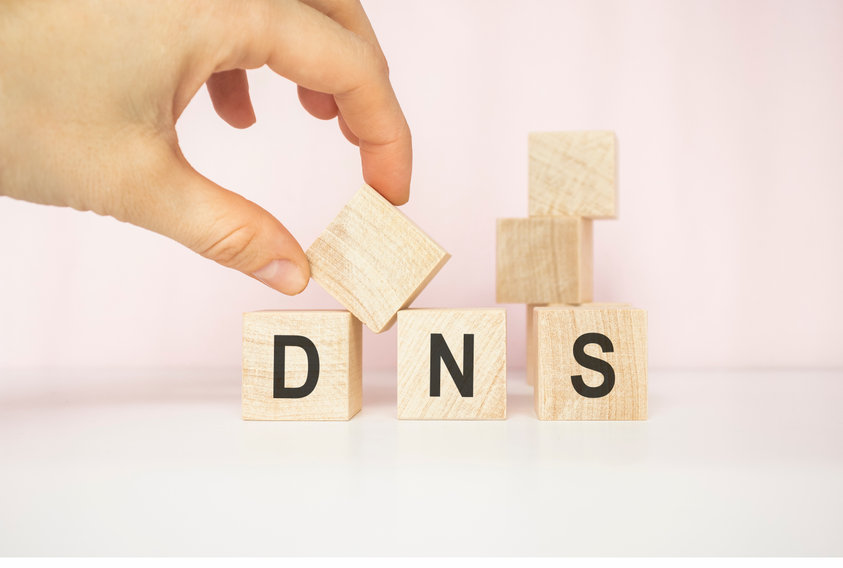What is a DKIM record?
Domain Keys Identified Mail, or DKIM record, is a TXT DNS record that proves that the emails sent from the domain are legit. That happens through cryptographic authentication. The DNS administrator of a domain is able to set it. On the other side, the receiver could also use the DKIM record and make a DNS query for the domain to check the sender utilizing the information in the header.
You could view the public key inside the DKIM record that the receiver is going to use to check the message.
Continue reading “DKIM record – What is it and how does it work?”









